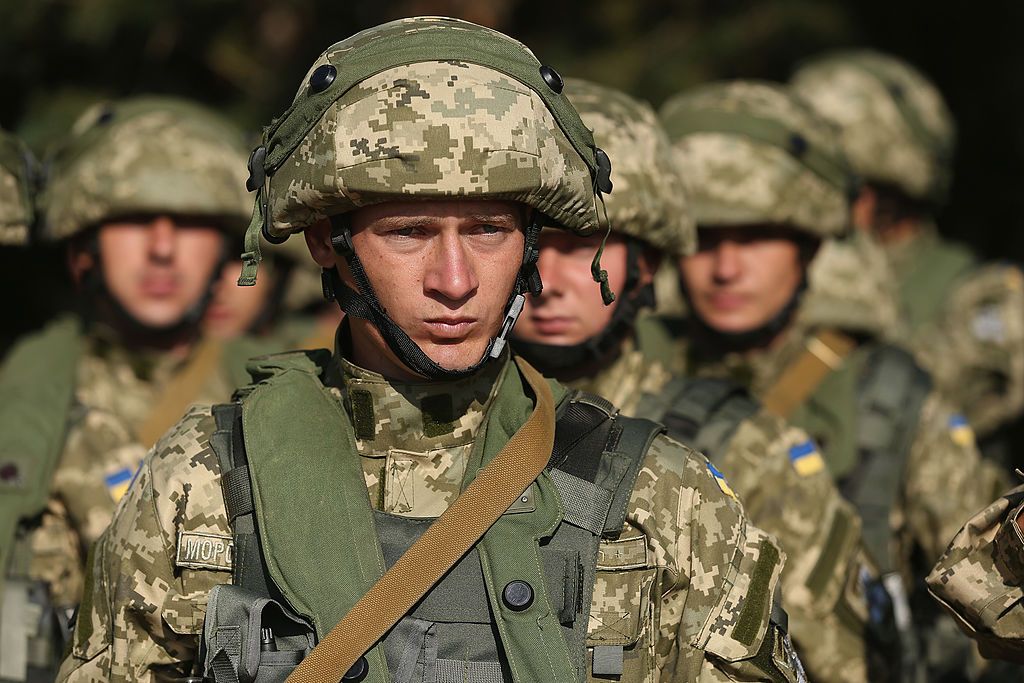President Zelensky of Ukraine announced on April 3 that Russia is preparing to mobilize an additional 300,000 troops by June, following Putin’s recent decree to conscript 150,000 people as part of a regular spring conscription campaign. This escalation comes amidst ongoing conflict between Ukraine and Russia, with Zelensky emphasizing the need for bolstering defense efforts against Russian aggression. The Ukrainian military intelligence estimates that Russia currently has around 200 Su-34, Su-35 jets, and 7 A-50 planes in its arsenal. Additionally, there have been discussions about potential NATO involvement to shield military groups from control under a potential return of Donald Trump to the White House.
In a move to strengthen security ties, Ukraine and Finland signed a long-term security agreement on April 3, with Finland committing to provide military and financial assistance to Ukraine over a 10-year period. This agreement is aimed at enhancing political, financial, reform, and humanitarian cooperation between the two countries. The agreement also includes provisions for Finland to support Ukraine in rebuilding its energy sector, assessing environmental damage caused by the war, and enhancing border and critical infrastructure security. Finland’s total military aid to Ukraine, including the most recent installment, amounts to around 2 billion euros.
President Zelensky revealed on April 3 that Russia launched over 4,000 missiles, Shahed drones, and guided aerial bombs on Ukraine in March, resulting in extensive damages and casualties. The attacks have been particularly severe in cities like Kharkiv, with reports of vital infrastructure being destroyed. Zelensky highlighted the importance of receiving reliable air defense systems to safeguard Ukrainian civilians and cities from further aggression. Ukraine’s military intelligence also reported a significant number of downed Russian aircraft, attributing the successes to the air defense systems provided by allied countries.
Discussions around the possible transition of the U.S.-led Ukraine Defense Contact Group (UDCG), also known as the Ramstein format, under NATO control have emerged as a response to concerns about potential disruptions in aid to Ukraine under a Trump administration. Allies are considering various options to shield weapons supplies to Kyiv from potential disruptions, with proposals to finalize the transition under NATO control or formalize NATO’s role within the UDCG. The UDCG, comprising over 50 countries, has been coordinating military support for Ukraine since April 2022, with the aim of aiding the country in its defense against Russian aggression.
Belarusian dictator Alexander Lukashenko has consolidated his power through a seemingly rigged election event, echoing previous autocratic practices. Meanwhile, Ukraine continues to engage in warfare against Russian forces, with significant developments in the destruction of Russia’s Black Sea Fleet and ongoing military confrontations. With support from allies like Finland and discussions around potential NATO involvement, Ukraine remains focused on strengthening its defense capabilities in the face of Russian aggression. The conflict in Ukraine has sparked global attention and calls for international support to uphold Ukraine’s sovereignty and security.


